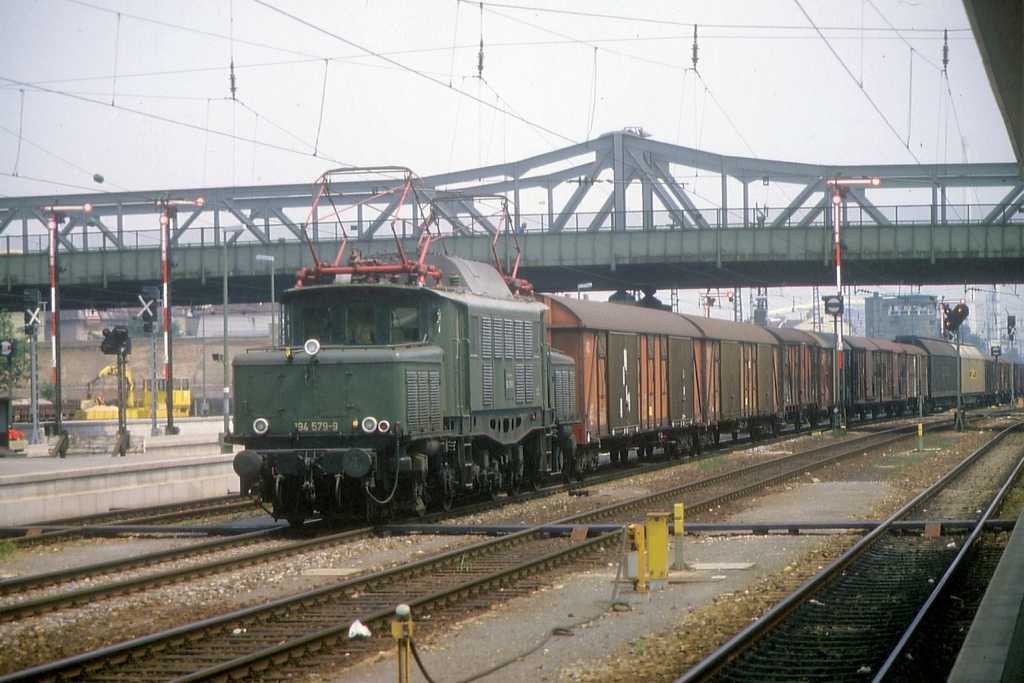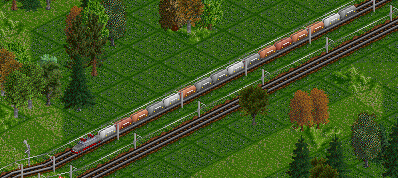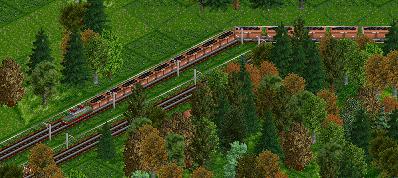Description
The E 94 was designed as a heavy six-axle engine for heavy freight services on the lines in southern Germany and Austria (which, after the political changes in 1938, was part of Germany). The type was introduced in 1940 and remained in production throughout the war, being considered relevant for the war efforts. The Bundesbahn then ordered further engines in the 1950s, ending up with about 120 units in their fleet.
The engines proved to be a great success and formed the backbone in heavy freight services for decades, even after the introduction of the class 150. The last units of the German crocodile, as it was dubbed due to the shape and color, were retired in 1984. In Austria and East Germany, the type was in service for even longer time.
The class E 95 already is an extremely strong freight engine, but lacks some top speed. Here the E 94 comes into play, being able to haul the same trains, but with at higher speeds, allowing passenger and freight trains to run on the same lines. This type is the top choice for any freight service until the late 1950s, when the class 150 is introduced. The engines will probably be replaced latest with the introduction of class 250 / 155 in the mid 1970s.
Images and Screenshots

(© Benedikt Dohmen / CC-BY-SA-3.0 via Wikimedia Commons)
Hauling a freight train through Regensburg in 1986, the archetypical sight of the BR 194.The Verein Schlesische Gebirgsbahnen, a railway modelling club depicting the traffic on the electric network in Silesia in the 1930ies, has a page on the class E 94. The pages are entirely in German, but the photos should speak for themselves.

The E94 starts out with a gray livery as the other electrics of the era. Here it hauls a heavy oil train.

By the 1950s the electric engines get a green livery. The E94 can now haul even more coal using these modern self-discharging hoppers.
Technical Data
| Name | E 94 / BR 194 |
|---|---|
| Built | 1940-1975 |
| Power | 4400 hp |
| Tractive effort | 363 kN |
| Speed | 56 mph |
| Usage | freight trains |
| Type of terrain | hilly to mountaineous |
Load table
| Speed | train weight |
|---|---|
| 56 mph | 3500t |
| 50 mph | 3750t |
The values in the table are valid for a flat track.
Links
| RailfanEurope |
